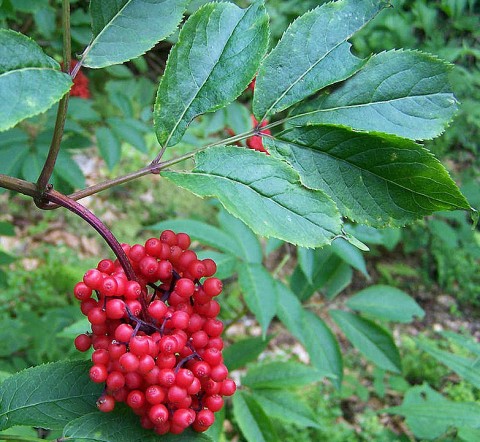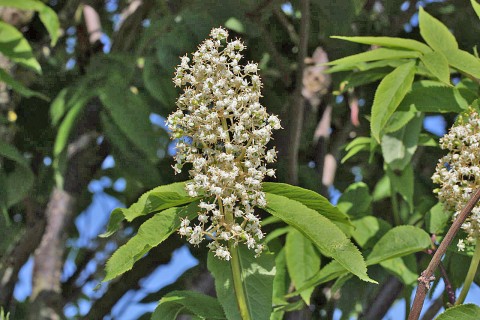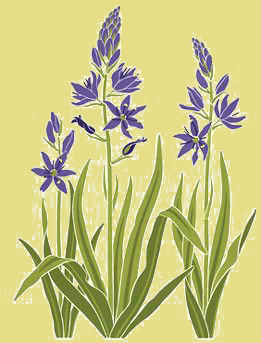Red Elderberry


1 - Image by Opiola Jerzy
Licensed Under: CC-BY-SA-3.0 Unported
2 - Image by Walter Siegmund
Licensed Under: CC-BY-SA-3.0 Unported
A tree-like shrub, Sambucas racemosa, commonly known as red elderberry, is native to much of the U.S. and Canada, where it grows in open forests, along streambanks and in moist clearings.
Red elderberry grows from 6-15 feet tall. It blooms from early spring through early summer, ripening it's berries in late summer. The blooms are cone-shaped panicles of white or cream flowers, held on the ends of the branches. The flowers are highly fragrant and attract butterflies and hummingbirds. The berries are bright red and prized by various birds, small mammals, deer and even bear.
Sambucas racemosa is a great shrub for erosion control and wildlife plantings, working well in hedgerow. They can be severely pruned to limit height or just groom the plant. Red elderberry can be found growing along the ravine at the edge of the Buck Lake Native Plant Garden.
Various Native American tribes used red elderberry medicinally, as an emetic, laxative, cough and cold remedy, to treat skin abscesses and as a gynecological aid. The fruits are safe to eat when cooked, but poisonous raw and were consumed by these tribes.

